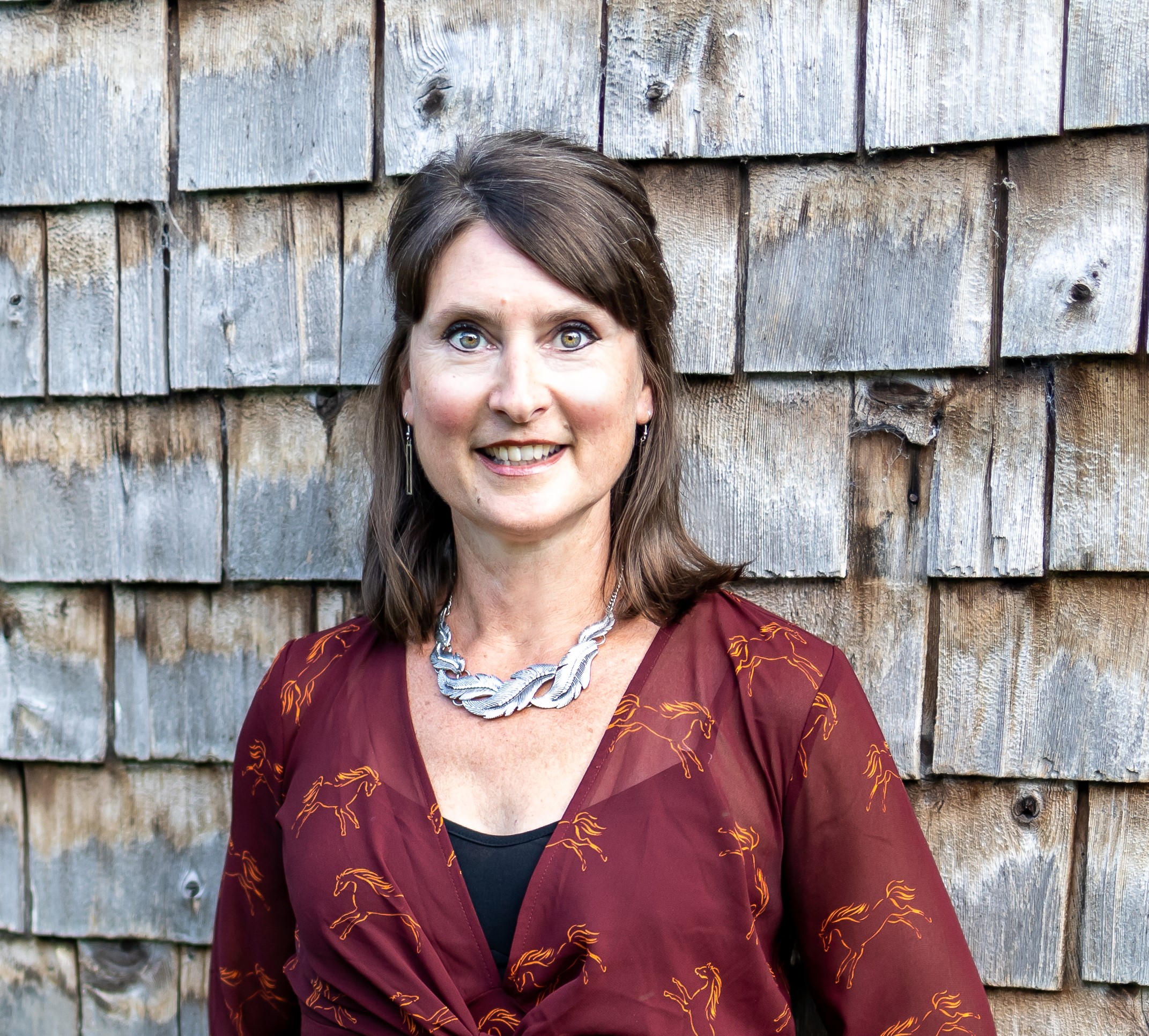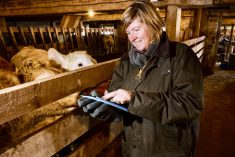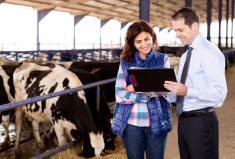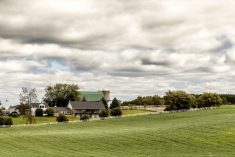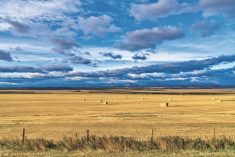There are many pressures on the agriculture industry and its individual businesses. As Canadian growers and producers, our farms are expected to do more at every turn.
Farms must maintain peak performance. That’s clear. And they must generate or leverage ahead-of-the-curve innovation and technology. But that’s just the start. They must also analyze and manage every detail surrounding sustainability, good environmental practices and safe food production, all while growing more than enough to meet Canada’s domestic food and fibre demands, plus enormous exports to balance our trade.
It takes no end of tools, machinery, skills development, programs and people to make all that happen.
Read Also

What to consider when setting up farm-related business ventures
Things to consider before launching a farm-adjacent side business.
Every sector is feeling the effects of it. For example, in dairy, proAction is a national quality assurance program that the Dairy Farmers of Canada says is mandatory on all Canadian dairy farms, providing a framework for high standards of farming.
Under proAction, farmers demonstrate excellence in six distinct areas: milk quality, food safety, animal care, livestock traceability, biosecurity, and environment. (Did we say “complicated”?) But DFC is determined to drive forward with it. “Thanks to the robust requirements of proAction, consumers can be confident that Canadian milk… was produced under some of the world’s most stringent standards,” it says.
Of course it’s critical to have consumer support and trust behind our domestic products and markets. But you don’t need to go far to find a farmer who will tell you (often in no uncertain terms) that the cost underpinning all the programs, tech, innovation, learning, labour, etc., is rarely, if ever, passed on to the consumer. Farming is a unique business model in that respect.
And, on top of that, there’s also the volatility of today’s economic and political environments. You just need to open your phone to find a string of news about the myriad factors that influence the economy’s health — none of which has been reliably good for business in the last four years.
So, what does that mean? It means that to meet all the conditions required to grow a crop or animal, on-farm investments must be made. Very often that means debt.

Since the word “debt” has many connotations — most of which make us shudder — it’s good to revisit the concept from time to time, especially since the business of agriculture is constantly changing.
Below, Country Guide asks two advisors for their take on “good” debt versus “bad” debt and how to answer the age-old business question: What’s the right amount?
Mark Bratrud
Owner/consultant
Coyote Business Strategies

We’d all love to pay cash for everything, and that’s a great practice if you can do it. But the reality for many businesses — and farming is no exception — is that debt is usually required to facilitate growth.
Is there such a thing as bad debt? Yes, if there isn’t a solid plan to pay it off. Farm debt should be well thought out.
Ask yourself “Will this debt provide a return on investment that can service the debt through any situation?” If the answer is “no” or if it’s unclear, revisit your motivations for borrowing.
Purchasing land that adjoins your farm will require a longer-term outlook. A piece of equipment that you believe will improve production or increase quality is an opportunity for your farm. But you must also weigh the overall health of your farm to assess whether it can service that debt no matter what happens.
When assessing your farm’s ability to service debt it’s important to consider five-year averages, (even better: a five-year Olympic average), prorated to the size of the farm. Also consider worst-case scenarios. Ask yourself what would happen if there’s a major production problem for one year or more. Do you have the cash flow or insurance to continue servicing the debt? Frequently overlooked is whether the business can sustain the loss of a key person. What should you plan for to protect yourself in that situation?
Over the past few years, I have reinforced the need for my clients to consider economic trends and their long-term strategic plans when making debt decisions. Factors such as high inflation and high interest rates should be red flags to borrowers, indicating that it may be a risky time to take on debt. But it may not be that simple. Someone may take on debt because the piece of land they’ve always wanted is finally for sale.
To assess a growth opportunity as “good” or “bad’,’ I suggest creating a cash-flow plan. The key is to be as realistic and accurate as possible. Look to the past to determine the future. Use trends to forecast where you will be in three to five years and how debt will affect your operation. To measure your risk, it’s a good idea to look at three scenarios: Optimistic, Average and Worst Case. Include interest rate risk in each scenario’s calculations. Over the last few years, too many farmers found out that a couple of percentage increases, particularly in revolving or operating debt, or anything with floating interest rates, can be a cash-flow killer, quickly turning what you thought was a sustainable investment into a real problem.
Debt for the “right” reasons is generally considered “good” debt, i.e., assets that follow appreciating trends, like land. However, it can turn “bad” if the terms of the debt are not sustainable, interest rates were not locked in, or the farm doesn’t have contingency plans.
The reality is very few farms can operate on 100 per cent cash. Debt is often required. Some of the more hawkish operators would say if you have zero debt you aren’t being aggressive enough. Younger business owners are more inclined to take on risk, and in most cases rightly so. Empires are built on hard work but also some risk and this often means loans to make big moves. Bottom line: different strokes for different folks as growth and success are not measured the same on each farm.
As an advisor I’m more inclined to consider debt for strong assets, such as land, termed out in a sustainable way that puts you in a position to build equity and doesn’t put your business in peril if things go bad.
I’m not a fan of operating debt or revolving debt. This is generally the most expensive and consequential debt if not managed well. I would liken it to credit card debt: it can have a purpose and be a useful tool but if you don’t plan on paying it off regularly it can get you in trouble. Don’t get me wrong: short-term management backed by inventory, or a solid insurance policy, can be a key management tool. If you don’t carry much long-term debt an operating line secured by farmland can be a cheap and helpful alternative. I say “cheap” because debt secured by a strong asset, such as farmland, will generally be 30 to 50 per cent lower than unsecured or inventory secured.
Cash advance programs can also be a great option but make sure you understand the repayment terms and that they don’t affect your overall marketing plan. I firmly believe that in business cash is king, but this doesn’t mean pallets of 50s in the back shed. Rather, it’s the ability to make decisions based on what gives your farm the best opportunity for success that’s not based strictly on cash flow.
Kim Gerencser
Management consultant,
K. Ag Growing Farm Profits Inc.

Most decisions in life and business involve two huge components — facts and emotions. I’ve learned through 20 years of advising farmers that emotions rule the day.
But here’s a fact: there is such as thing as “good” debt and “bad” debt. Good debt improves short- and long-term results, provides clear, measurable and positive ROI, or positions the borrower for long-term success even if short-term results are difficult. In contrast, bad debt is impulse purchases, unnecessary items, or because “someone will approve the loan for this, so why not?”
All debt will affect cash flow. There is no getting around that. Part of what helps determine good debt over bad is the outcome: is the farm in an overall better financial position because of this debt? Can we predict that before the debt is taken on? We can, to an extent, but the reality is that things change, positively or negatively, when you are a commodities producer since so much is out of your control.
Good debt can turn bad if factors out of your control go against you; however, it has been more common for bad debt to work out because of prolonged commodity booms, record low interest rates for most of the last decade and appreciating values of assets.
What is concerning is how rarely debt is part of a strategic conversation or plan. Often it is reactionary. And when new debt is reactionary, it increases the likelihood of being bad debt.
Over the last 10 years, we’ve seen demand for land and equipment increase dramatically. Triggered in 2007, western agriculture went through a renaissance of sorts. Farming became sexy. Attention, and capital, flowed.
New farm equipment couldn’t be had. Land sales were quick (if you were even fortunate enough to have land available to purchase or rent before the opportunity closed). Bin yards, shops and other infrastructure were being developed everywhere. It was boom-times. But like all cycles, it could not last forever, at least not for everyone. Weather anomalies occur and markets find their new normal. But five-year financing on new equipment and 20-year financing on new land doesn’t care that cash flow and profit are less than they were when you made the purchase. Payments must be made.
After their best year ever, a former client of mine was being tempted by their equipment dealer to do a fleet flip. I discouraged them from taking this step. There were several points to my rationale, but I closed with “What if next year (2017) is more like last year (2015, when they suffered a significant financial loss) than this year (2016, their best year ever)?” Facts be darned, emotion ruled the day, and a fleet flip happened. The next year was a financial loss and there was regret around the table. What could be done when the equipment was now worth less than the debt on it? It was a tough spot. I took no pride in being right.
This is an example of reactionary rather than strategic debt. They made a medium-term (five- to seven-year) decision based on short-term (one year) results. Contingencies were not considered, nor was risk management.
If 2017 and 2018 had been average years, the decision would have looked brilliant. It is incredibly stressful to make that decision without knowing how the things you do not control (weather and markets) will affect you in the next three to five years. Good debt can become bad and bad debt can become good, but that can come from good or bad luck.
A business cannot grow without debt. But I’ve also seen businesses grow themselves to the brink of bankruptcy. Growth, and the debt that facilitates it, must be deliberate and planned. The question of ‘to debt or not to debt’ cannot be answered clearly. Like all major business decisions, there are many factors to consider, for example the following in order of importance:
- Does the debt fit within your short- and long-term plans?
- How will the debt affect your future borrowing ability? (Especially in the face of a crisis, e.g., your tractor blows up.)
- Does your risk management plan provide sufficient coverage should your profit and cash flow from operations fall below expectations?
- What is your sensitivity to interest rates, yields and prices?
- What is your exit strategy for this debt if things change?
To use a curling analogy, “the call to make that shot wouldn’t have been a bad call if you’d have made the shot.” Only in hindsight can we tell if the debt was good or bad. I’ve seen plenty of debts categorized as bad turn out fine because things worked out (e.g., great yields, strong markets, etc.). Unforeseen boosts to profitability and cash flow from higher yields and/or strong markets can insulate the effects of what would otherwise be bad debt.

